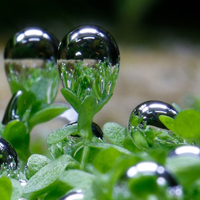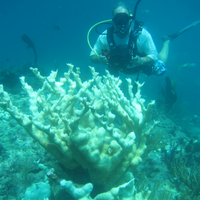Study Suggests Dolphins Use Coral Mucus as Medicine
Researchers observe that dolphins in a pod in the Red Sea regularly rub against certain corals and sponges, perhaps to sooth their skin by prompting the invertebrates to release mucus that contains antimicrobial compounds.


















